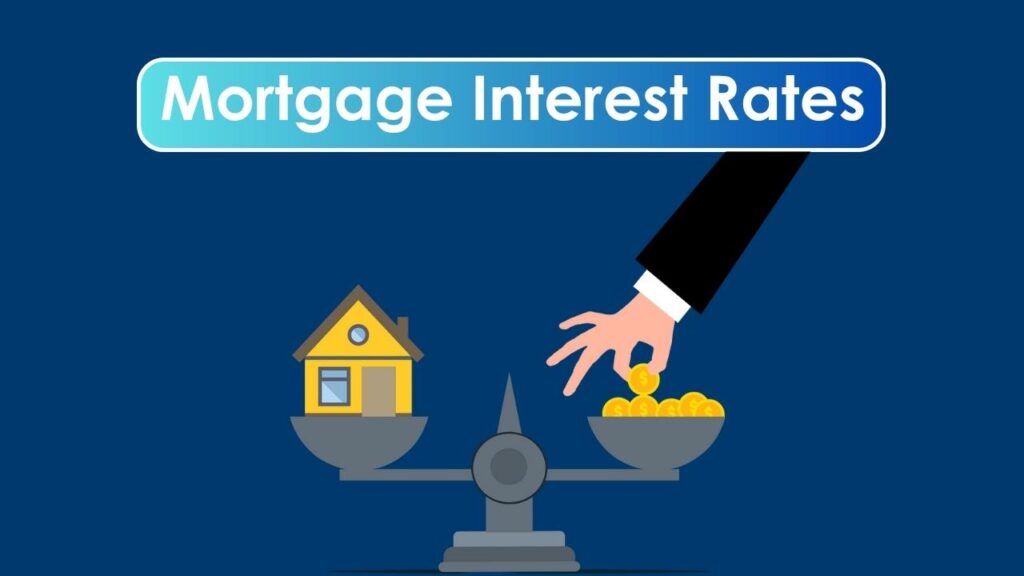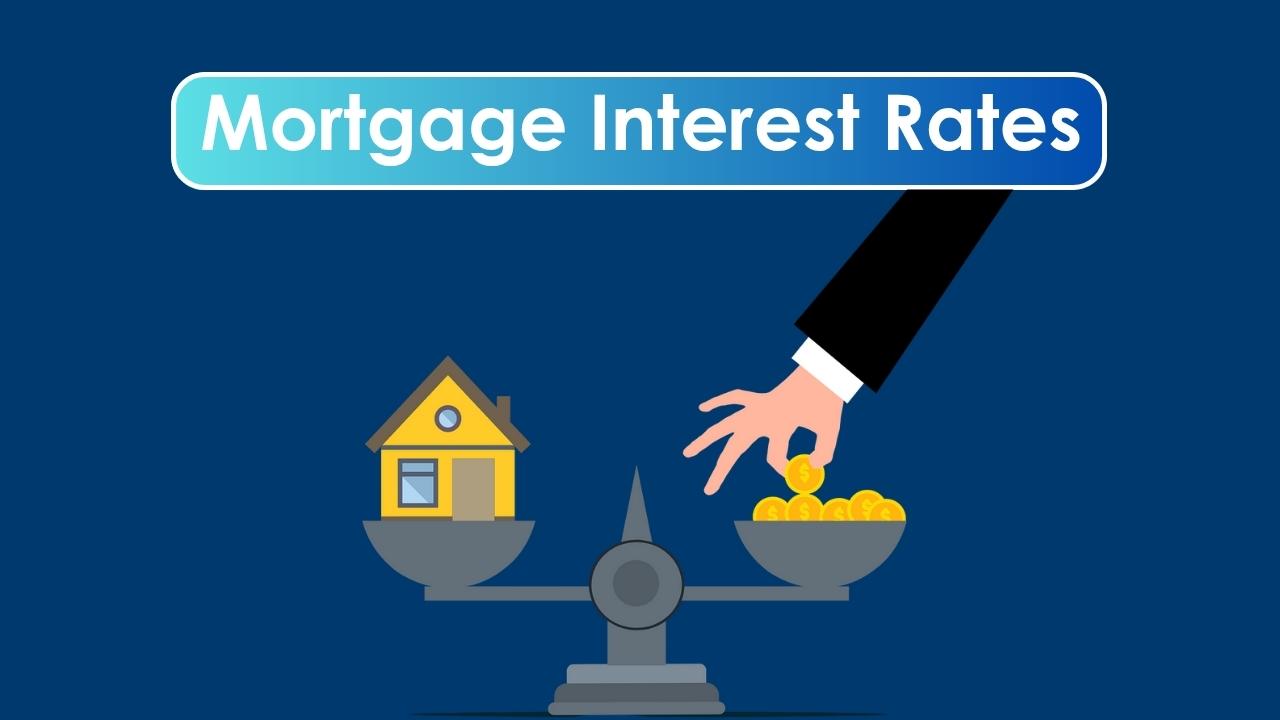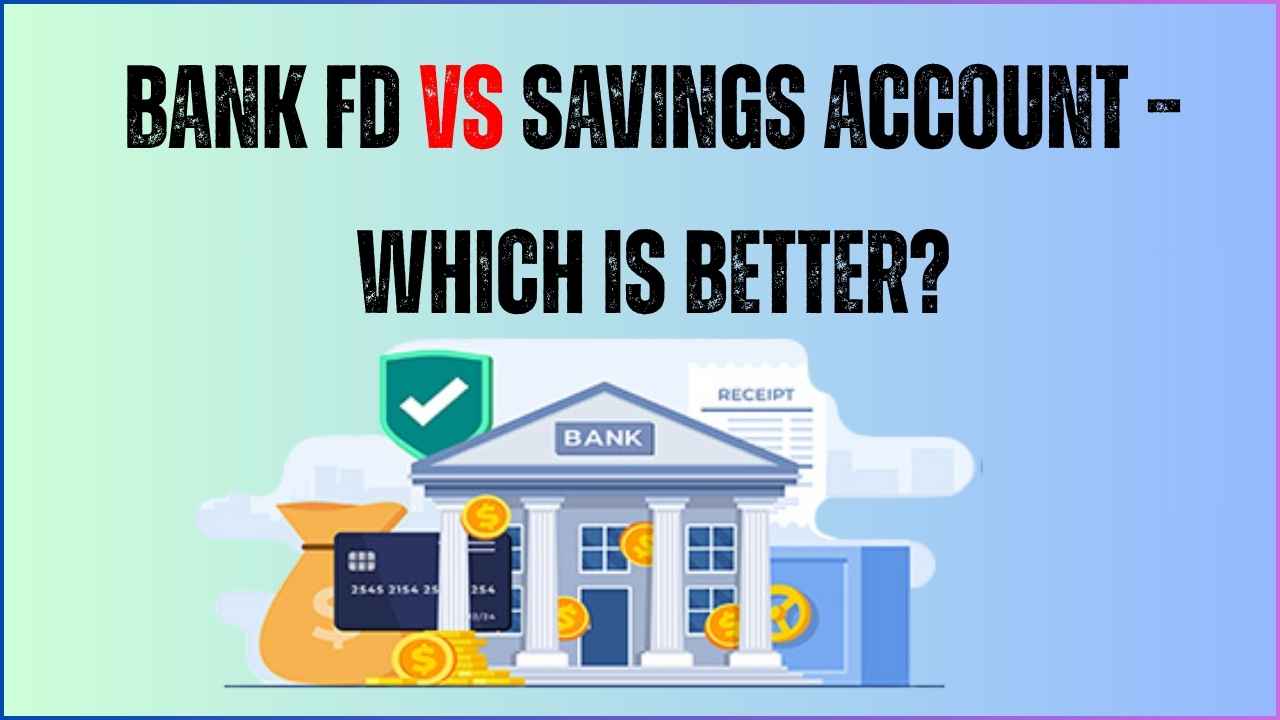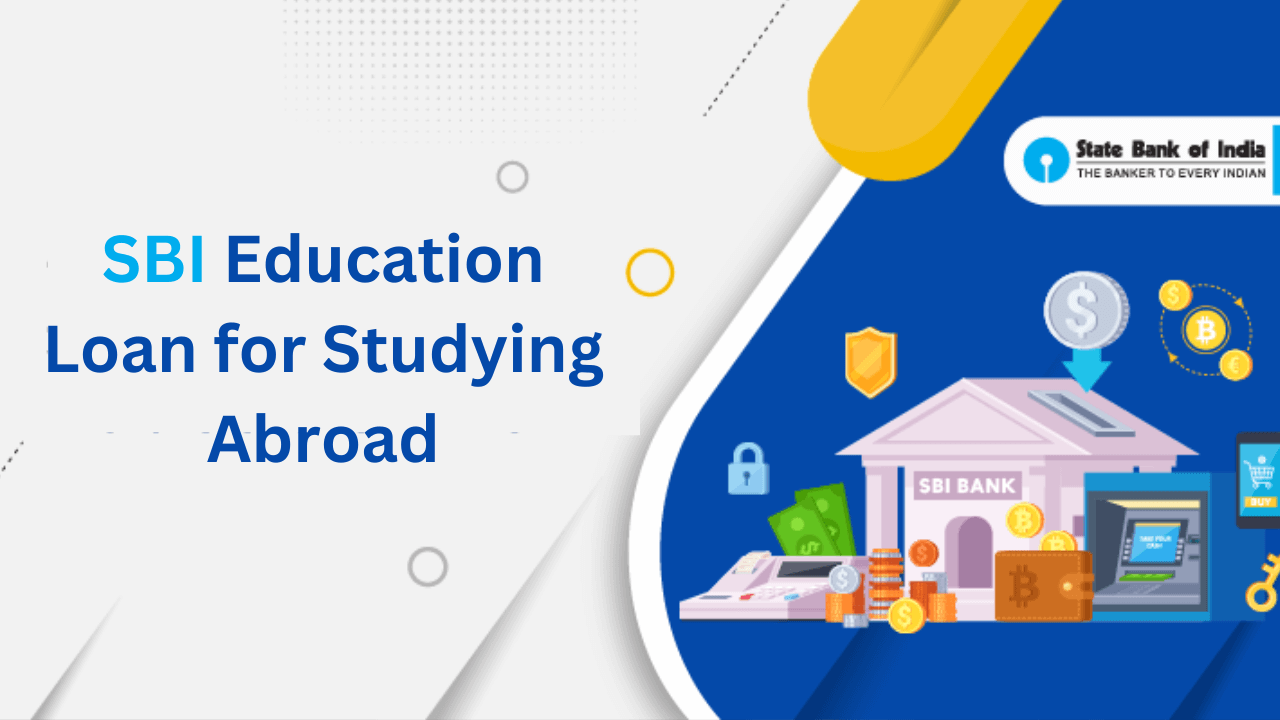Purchasing a home is a major investment, and most individuals take out a mortgage loan to assist in financing it. Any mortgage has a interest rate as its central component—the additional fee you pay to your lender for borrowing funds. Knowing how mortgage interest rates function can set you back thousands of rupees throughout the term of your loan.
In this blog post, we will discuss the fundamentals of mortgage interest rates, what influences them, the primary types you can opt for, and how to obtain the best rate. Let’s get started and break this valuable topic into easy and understandable pieces!
What Is a Mortgage Interest Rate?
A mortgage interest rate is the rate of the loan value that you pay your lender annually for borrowing their funds. To illustrate, if you take a loan of ₹50 lakh at 7% per year, you pay ₹3.5 lakh as interest in the first year (even though some of your monthly payment also goes towards paying down the loan). When you keep paying interest over the life of the 15- or 20-year loan, these add up. Lower interest rates translate to lower monthly installments and less interest paid over the entire period. Even a small rate difference of 0.5% can leave you with lakhs of rupees saved over several years. This is why it is crucial to check and know the rates before making your mortgage choice.

Factors That Affect Mortgage Interest Rates
Several key factors influence the interest rate you get:
- Credit Score: Lenders look at your credit history to judge how likely you are to repay. A higher score usually means a lower rate.
- Loan-to-Value (LTV) Ratio: This is the loan amount divided by your home’s value. If you put down a big down payment (say 20% or more), you may get a better rate.
- Loan Term: Shorter loans (like 10 or 15 years) often have lower rates than longer 20- or 30-year loans because lenders take on less risk.
- Economic Conditions: Overall trends in the economy and the Reserve Bank of India’s policies can push rates up or down. When inflation is high, rates usually rise.
- Type of Rate: Fixed-rate loans keep the same rate, while adjustable-rate mortgages (ARMs) change over time. Fixed rates typically start higher but give peace of mind.
By understanding these factors, you can work to improve your credit, choose the right down payment, or pick a loan term that fits your budget and goals.
Fixed-Rate vs. Adjustable-Rate Mortgages
When choosing a mortgage, you mainly decide between fixed-rate and adjustable-rate options:
A fixed-rate mortgage keeps the same interest rate for the full term of the loan. Your monthly payment of principal and interest never changes. This predictability helps with budgeting, since you always know how much you owe. Fixed rates are popular when rates are low, because you lock in savings for decades.
An adjustable-rate mortgage (ARM) begins with a lower “teaser” rate for the initial few years (say, 5 years), then renews each year as set by a market index and a margin determined by the bank. That means very low payments at first, but less security later on. If interest rates in the market increase, so will your payments. ARMs are good if you expect to sell or refinance before the period when the payments adjust.
Choosing between these depends on your risk tolerance, how long you’ll stay in the home, and your monthly budget.
How to Shop for the Best Rate
Shopping around is key to finding the best mortgage rate. Here are steps to follow:
- Check Your Credit Score: Request your credit report, fix any errors, and build your score by paying bills on time.
- Compare Lenders: Don’t just go with your bank. Check rates from multiple banks, housing finance companies, and credit unions.
- Get Pre-Approved: A pre-approval letter shows you exactly what rate you qualify for, and it strengthens your offer to sellers.
- Negotiate: Ask lenders if they can match or beat a competitor’s offer. Sometimes a small fee can lower your rate by a fraction of a percent.
- Consider Points: Buying mortgage points means paying extra up front to reduce your rate. If you plan to stay in the house a long time, points can save money.
By following these steps, you maximize your chance of locking in a low rate that fits your financial plan.
Comparison Table
| Feature | Fixed-Rate Mortgage | Adjustable-Rate Mortgage (ARM) |
|---|---|---|
| Interest Rate | Stays the same over the loan term | Starts low, then adjusts periodically |
| Monthly Payment | Predictable and unchanging | Low initially, can rise or fall later |
| Best For | Long-term homeowners, budget planners | Short-term stays, those expecting rate drops |
| Risk Level | Low risk – no surprises | Higher risk – rate changes possible |
| Typical Term Lengths | 15, 20, 30 years | 5/1 ARM, 7/1 ARM, 10/1 ARM, etc. |
Conclusion
Understanding how mortgage interest rates work is vital when you’re going to be purchasing a home. Your rate impacts monthly payments, overall cost, and your financial stability. By understanding the difference between adjustable and fixed rates, having knowledge about what determines your rate, and shopping intelligently, you can select a mortgage that is affordable and comforting to you.
Small rate changes add up over time, so take action today to get the best rate you can.
Mortgage Interest Rates: FAQ
What is a good mortgage interest rate in India?
Rates vary, but as of 2025, a 7%–8% annual rate is common for borrowers with strong credit. Better credit or a larger down payment can help you get closer to 7%.
How much down payment do I need?
Most lenders require at least 10%–20% down payment. Paying 20% or more lowers your loan-to-value ratio and can secure a better rate.
Can I refinance later to get a lower rate?
Yes. If rates drop or your credit improves, refinancing can lower your rate. But watch out for refinancing fees—make sure the savings outweigh the costs.
Should I choose a shorter or longer loan term?
Shorter terms (10–15 years) usually have lower rates and cost less total interest, but monthly payments are higher. Longer terms (20–30 years) spread payments out, lowering each installment.
What happens if I miss a mortgage payment?
Missing payments can lead to late fees, a drop in your credit score, and eventually foreclosure if unpaid. Always talk to your lender immediately if you face payment trouble; they may offer relief options.
Disclaimer
The information provided in this blog post is for general informational purposes only and does not constitute professional financial or legal advice. While we strive to keep the content accurate and up to date, mortgage rates, regulations, and lender policies can change frequently. You should consult with a qualified mortgage advisor, financial planner, or legal professional before making any decisions related to home financing. We do not guarantee the accuracy, completeness, or suitability of the information for your individual circumstances, and we are not responsible for any errors or omissions. Your reliance on this content is at your own risk.










